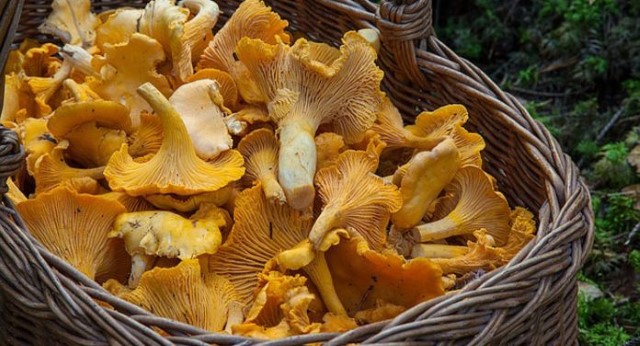
Funghi
One of the popular leisure activities in the region is the collection of funghi to be found in the woods following heavy rain during what had previously been a dry spell. At one time one had to visit the local comune to buy a licence to collect, but these days one can buy a Geoticket online. (Licences are not required for residents who collect within the confines of their own comune – full details are available on the Unione di Comune Montana Lunigiana web site).
Each year many people in Italy are poisoned through eating non-edible funghi. Several hospitals in the region provide a checking service operated by mycologists – they will inspect any funghi collected and point out those that should be destroyed. General safety precautions to be observed include:
- Only collect mushrooms whose edibility you are absolutely sure of. If in doubt, don’t eat.
- Folklore methods for recognizing poisonous mushroom don’t work. For example, it is commonly – but wrongly – believed that garlic, silver or parsley, if blackened or yellowed by contact with the fungus, reveals its toxicity.
- Don’t trust identifications made via a book or an app: edible species and poisonous species can be very similar.
- Do not consume mushrooms in large quantities or in meals taken close together.
- Pregnant women, the elderly and small children should refrain from the consumption of uncontrolled harvested mushrooms: stomach pumping and invasive treatments for such people are particularly risky.
- Regardless of the intensity, duration and when any symptoms appear (immediately or after a few hours), if you feel sick after eating mushrooms, you should always go to A&E, bringing any leftovers from the meal. Trying to manage the situation at home, taking medications to reduce vomiting and diarrhoea, can mean risking your life.
Licence conditions
- Harvesting of funghi is only allowed from one hour before sunrise to one hour after sunset.
- The use of tools such as rakes that damage the mycelium, the surface layer of the soil and the root systems of the vegetation is forbidden.
- Mushrooms must be stored in rigid and ventilated containers, designed to spread the spores.
- The use of plastic bags is prohibited.
- The collection of specimens of the following species is prohibited if the size of the cap is less than: four centimeters for the genus Boletus section Edules (porcini); and two centimeters for Hygrophorus marzuolus (dormant) and for Lyophyllum gambosum (blackthorn)

Chestnuts
The staple food in the lunigiana used to be chestnut bread. Commercial explotation of the chestnut woods is now rare, but local residents collect them in the autumn for their own personal use. Licences to collect are not normally required.
The foothills of the mountains are littered with old mills that were used to grind chestnuts and, to a lesser extent, wheat grown in the local hills. Examples include the mill at Rocca Sigillina. We have surveyed the upstream installations (ie the dam and mill race) and were interested to note that the dam was a temporary structure comprising wood planks inserted into slotted metal posts. This arrangement was adopted because heavy rain brought down large quantities of stones of various sizes which could quite rapidly silt up the mill pond – removing the dam at intervals allowed the material to be flushed downstream.